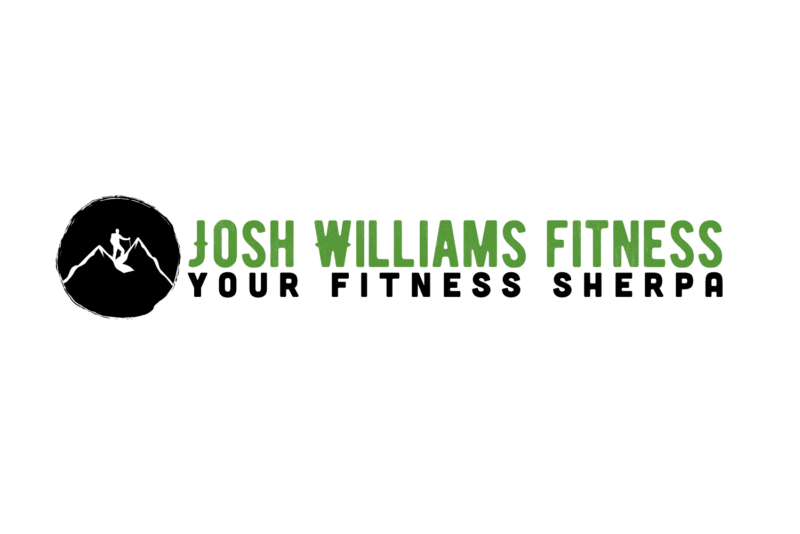There is this widely believed idea that squats are bad for your knees and deadlifts are bad for your back. However, that’s just not the case. Exercises, for the most part, aren’t inherently good or bad for you; it’s more complicated than that.
Often times when people say things like, “I can’t do squats, they hurt my knees,” the squat itself isn’t the main problem, it is how you are doing it. Same goes for the deadlift. Fitness pros actually agree that the deadlift is one of the best exercises you can do for your back. But who should you believe? They both can’t be right, right?
Why are squats and deadlifts such a staple part of working out anyways?
Yes they are great full-body movements, but more importantly these are two movements you do in everyday life and if you are doing them wrong hundreds of times a day (think every time you sit and stand or bend over to pick something up), then you will have bad knees and a bad back. This is why it is important to correct your form and learn to do the squat and deadlift correctly.
The biggest thing to understand is there is more than one way to do a squat and a deadlift. The conventional barbell deadlift is not right for everyone, and I would go as far to say that most people should not do the barbell deadlift. Same goes with the squat; not all squats have to be done with a bar across your back.
Everyone should be squatting and deadlifting, but that doesn’t mean everyone needs to squat and deadlift the same way.
Here are three things to consider when finding the right squat for yourself:
(Instead of having a two thousand-word post about the squat and deadlift, I will just cover the squat today. I cover the deadlift in this post. Click Here
Mobility/Depth
Not everybody has the same range of motion. Some people can squat ass to grass with ease while others have trouble getting to 90 degrees at the knees. I believe that everyone should be able to squat to parallel.
Before we get into squat variations, we need to find out how deep you can squat. You can figure this out by doing rock backs.
If you can get to parallel in the rocking position, but lose your neutral spine, then your problem is not mobility, it’s stability (read the stability section). In this case decrease your range of motion in your squat to the point where you can control your hips and maintain a neutral spine.
If you’re able to maintain a neutral spine but can’t get parallel, we are most likely looking at a mobility problem. If there is a soft end range feel, meaning that at the end range of motion you have a little give, you will be able to improve your range by doing some mobility drills.
If there is a hard stop, meaning it feels like something is catching or just no give at the end of your range, then you are at the end range of your squat and, even with mobility work, won’t get any deeper than that.
Mobility Drills
Next we will want to find your foot position.
No one hip is the same, which means a one-size fits all approach to foot placement does not work.
Once you find your proper foot position you will notice how much easier it is to get into the bottom position of your squat.
Stability
Stability is the ability to control a movement. In the case of the squat it is the ability to keep form under load (weight).
If you have stability, your knees will not cave in when you come up from the bottom of the squat, your chest won’t fall forward, and your hips won’t “butt wink” under.
If you noticed your hips tucking under when you did the rock backs, then learning to engage the abdominal wall is the place to start.
Do these exercises.
Front Planks: Will help strengthen the rectus abdominis and transverse abdominis.
Side Planks: Will strengthen the external obliques
Bird Dogs: Will strengthen the obliques and erector spinae.
By strengthen your abdominals you will have better control of your pelvis, lower back, and trunk. By increasing your stability you will put less strain on your knees and place the weight more on your hips where it belongs.
Side Note: I know some of you will look at these exercises and be all like, “Josh, those exercise be beneath me, I am too advanced for planks.” And I’d say, “Never forget your roots, my friend.”
Risk to Reward
Everything comes back to risk to reward. You are willing to take more risk if you are a powerlifter, because you need to back squat heavy, but if your goal is just to feel better and lose weight, then the risk should be minimal.
Here is a simple guide.
Safest
Goblet Squat Front Squat Back Squat
←———————————————————————————→
Safe Moderate Risky
Lift the Most Weight
Goblet Squat Front Squat Back Squat
←———————————————————————————→
Least Moderate Most
Badassness
Goblet Squat Front Squat Back Squat
←———————————————————————————→
Least Moderate Most
Best
JW










